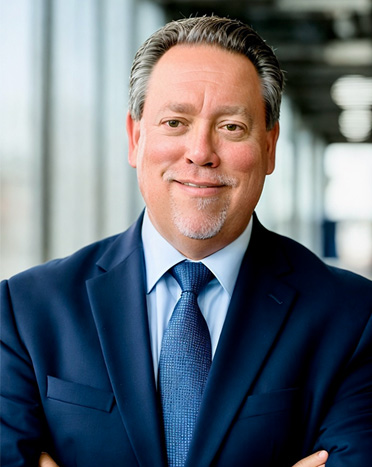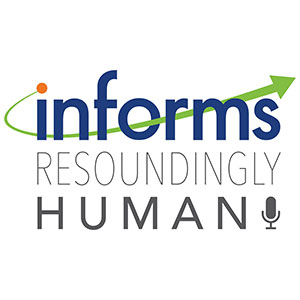
Collateral Deaths From Pandemic Begin to Take Toll on Health Systems
On Sunday afternoon, Sarah Williams lost her cousin amid the coronavirus pandemic. Hardly into his 30s, he was never infected with the virus, said Williams, whose name has been changed to protect the family’s privacy. But a severe pain crisis, the hallmark of sickle cell disease, drove her cousin to an emergency room in Chicago utterly overwhelmed with COVID-19 patients, where he died waiting for care that could have saved his life.















